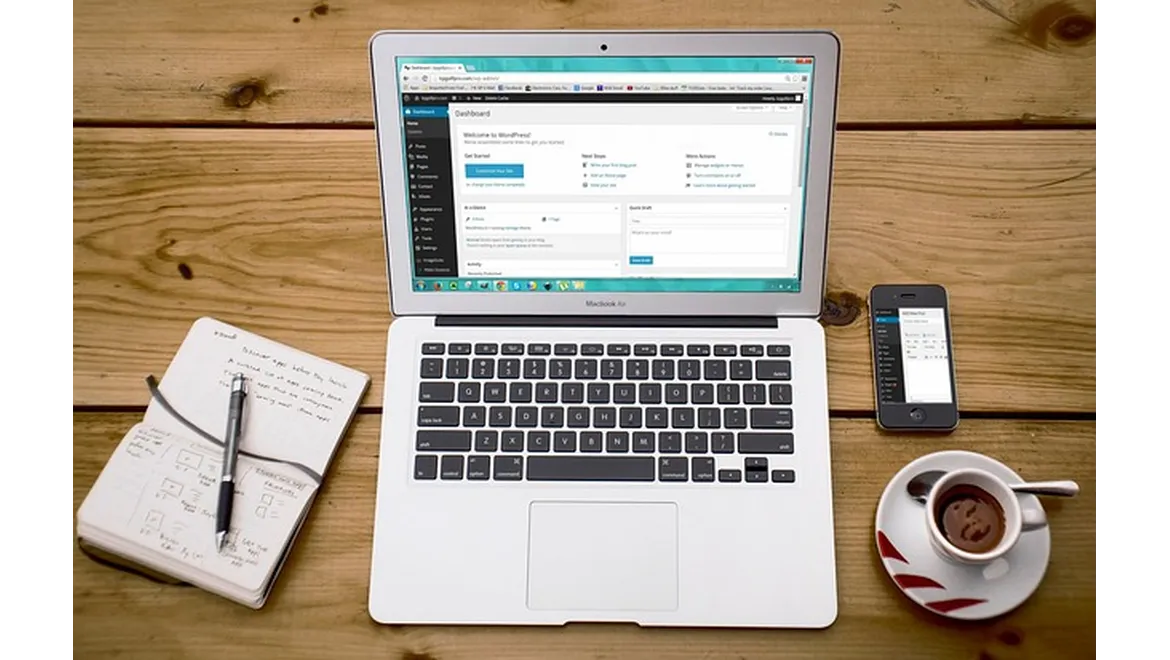In the dynamic landscape of Search Engine Optimization (SEO), staying abreast of Google’s crawling and indexing practices is paramount for website owners and SEO professionals. Recently, during an SEO office hours session, Google’s John Mueller reaffirmed a key principle: Googlebot does not generally experiment with variations of URLs to determine their validity. This statement, though seemingly straightforward, carries significant implications for website structure and optimization.
During the session, a pertinent question arose at the 9-minute and 50-second mark: “Does Google crawl subfolders in a URL path that don’t have pages? Would it be a problem?” Mueller’s response was unequivocal: “Google systems generally don’t just try variations of URLs out; they rely on links to discover new URLs.” This means that Googlebot does not randomly navigate URLs like domain.com/page1/ and then attempt domain.com/page2/ out of curiosity. Instead, it depends on links from other pages to uncover new URLs. This practice is not new; Mueller addressed a similar query in 2018, emphasizing that Googlebot doesn’t fabricate URLs. However, the recurring nature of this question highlights ongoing confusion among website owners and SEO practitioners.
Given that Googlebot relies on links to discover new URLs, a well-structured internal linking strategy is indispensable. Internal links facilitate Googlebot’s navigation through your site, ensuring all significant pages are found. Poor internal linking can leave some pages undiscovered, adversely affecting your site’s visibility in search results. For example, a page buried deep within the site structure but not linked from any other page is unlikely to be found by Googlebot. This underscores the necessity of a logical and hierarchical site structure where every page is accessible through internal links.
Mueller also addressed the issue of 404 errors, explaining that even if Google were to attempt a non-existent URL resulting in a 404 error, it is not problematic. Pages returning 404 errors when not in use are expected and do not harm your site’s SEO. Nevertheless, managing 404 errors remains a best practice. Customizing your 404 error page with helpful links or a search bar can enhance user experience. Additionally, setting up 301 redirects for moved or deleted pages can preserve link equity and guide users to relevant content.
While internal linking is crucial, submitting a sitemap to Google also plays a vital role in ensuring all important pages are crawled and indexed. A sitemap, a file listing all URLs on your site, simplifies the process for search engines to locate and index your content. Regularly updating your sitemap and submitting it to Google Search Console can significantly improve your site’s crawlability.
Interestingly, Google has been contemplating the future of URLs. In a 2018 discussion, it was revealed that Google aims to move beyond traditional URLs but is uncertain about what could replace them. The pervasive nature of Google’s search engine has rendered URLs somewhat obsolete for many users who prefer typing queries into the search box rather than entering URLs directly. However, transitioning from URLs to a new system presents challenges. Any new technology must be secure, user-friendly, and widely adopted to prevent confusion and exploitation by malicious actors. Until a viable alternative emerges, URLs are likely to remain, and understanding how Google interacts with them remains crucial for SEO.
Drawing these key points together, Google’s stance on URL variations underscores the importance of internal linking, proper site structure, and regular sitemap updates. While 404 errors are not inherently detrimental, managing them effectively can enhance user experience and maintain SEO value. As Google continues to explore the future of web navigation, staying informed about their current practices is essential for sustaining and improving your site’s search visibility.











